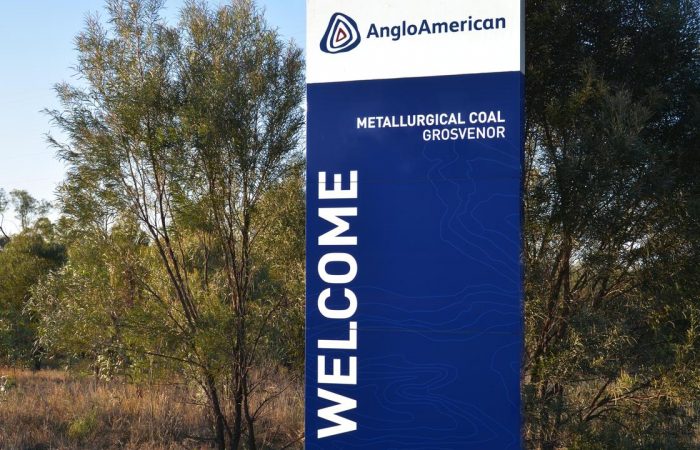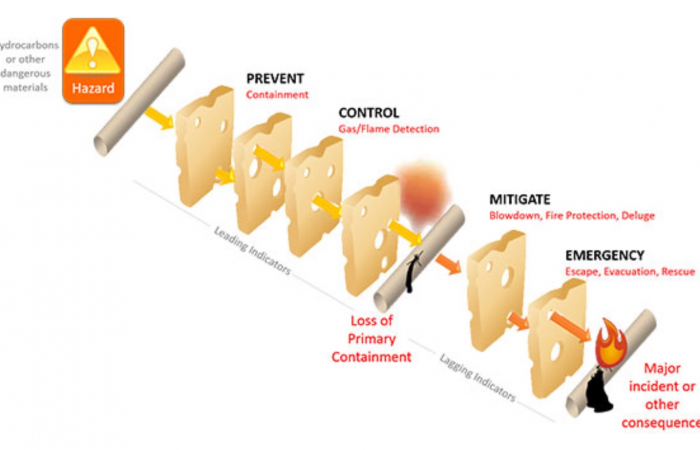
Methane HPI’s 18 at Grosvenor January till June 2019
There were 18 Methane HPI’s at Grosvenor Mine from 1st Jan till end of June 2019.
There are a number of similar occurences.
How similar is it to circumstances immediately prior to the explosion on May 6th 2020?
An example is number 6
- DATE: 20/04/2019 TIME: 4:02pm LOCATION: LW103
Made By: Trent Griffiths Company Position: SSE
Made To: Peter Herbert Time: 5:16pm Date:20/04/2019
Made To: Stephen Woods Time: 5:21pm Date:20/04/2019
At around 3:47pm the shearer on the LW103 face was stopped at 126 roof support travelling to the MG (cutting bidirectional) due to the requirement to manually advance the TG gate end shields due to some deteriorated TG roadway conditions. The methane levels at this point in time in the LW TG Return were 1.82% at the inbye monitor (located approximately 400 metres outbye of the face) and 2.10% on the outbye monitor (at B3-B4).
When the TG gate end roof supports were lowered, advanced and set, combined with the goaf flushing in; resulted in a peak of 2.23% at the inbye methane monitor and subsequently 2.50% on the outbye monitor (which tripped power to the shearer as per the General Body TARP requirements) approximately 13 minutes later. The methane levels at this monitor were 2.5% for approximately 1 minute. Notifications made, preliminary investigation conducted.
OTHER INFORMATION/DETAIL:
Production was stopped until detailed analysis was undertaken to assess the event including 12 hour and 4 hour trending of barometric pressure, shearer speed, shearer position, TG drive methane monitor, shearer methane monitor, MG drive methane monitor, inbye TG methane monitor, outbye (B3-B4 TG103) methane monitor and the TG gate end shield movements.
After analysing this data and in consultation with the Undermanager and LW Electrical Coordinator (with the LW103 face ERZ Controller), arrived at the conclusion that the spike on the inbye TG methane monitor (then subsequently the B3-B4 sensor around 13 minutes later due to the time taken to travel the length of the TG roadway) was a result of the TG gate end shields movement and subsequent goaf flushing.
No further changes made to the ventilation, goaf management or gas monitoring controls. Note that the next goaf well to come on line is approximately 21 metres behind the current face position and is expected to come online in the next 5-8 shears which will provide additional goaf drainage capacity.
Note the purple trend line highlighted in the red area in Figure 1 and 2 below indicates the 149 roof support DA ram stroke (showing direct relationship to roof support movement and then inbye sensor “spike”).


